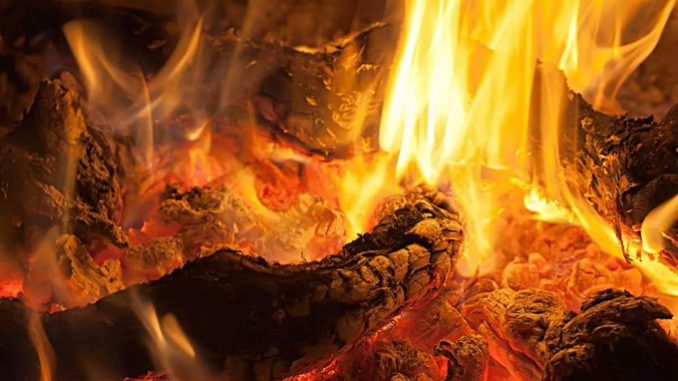
An AI tool has spotted subtle evidence of changes in flint tools that indicate ancient humans had cooking fires at a 1-million-year-old archaeological site in Israel
An artificial intelligence tool has revealed hidden evidence of ancient fire at a 1-million-year-old archaeological site in Israel. Applying the technology at other sites could revolutionise our understanding of when and where humans first began controlling fire, which is widely considered to be one of the most significant innovations of all time.
Archaeologists already have a few techniques for identifying whether ancient humans used fire. For instance, you can look for signs that prehistoric bones are discoloured – or that stone tools are warped – in a way that is consistent with exposure to temperatures of 450°C or more. But this sort of evidence is rarely found at sites that are more than 500,000 years old.
Last year, a group of researchers in Israel unveiled a deep-learning AI tool that can identify subtler signs of fire caused by exposure to temperatures of between 200 and 300°C. The team trained the algorithm by gathering chunks of flint from non-archaeological sites in the Israeli countryside, heating them to particular temperatures in the lab and then tasking the AI with identifying subtle changes in the flint’s response to UV light.
